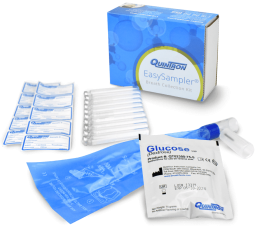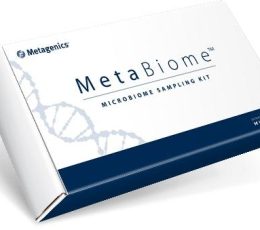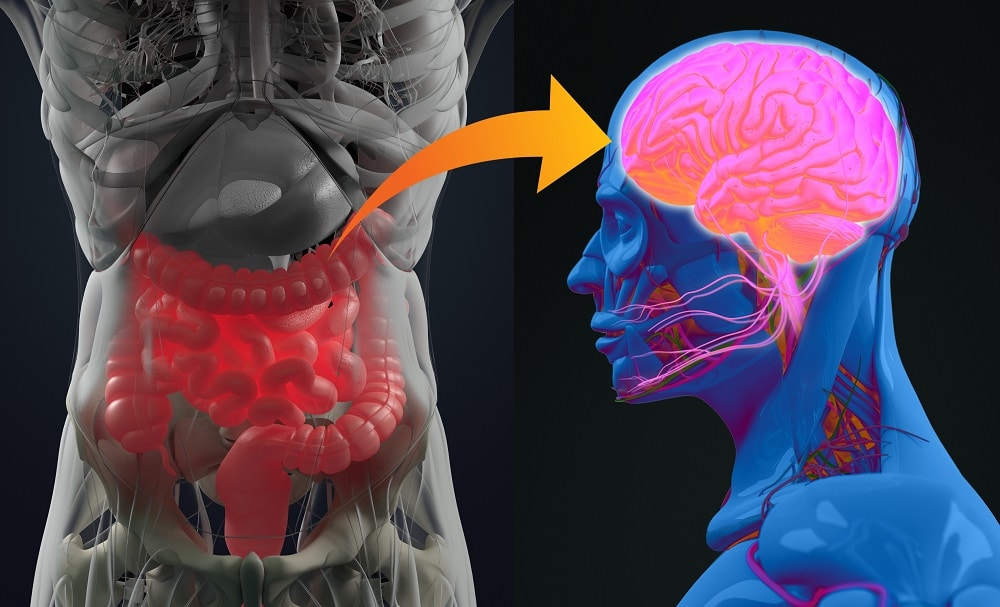Do you get digestive problems from this common natural sugar?
What is Fructose?
Fructose is a type of simple sugar found in almost all fruits, honey, and as an added sweetener in processed foods. It also occurs naturally in some vegetables.
If a person is unable to absorb fructose properly in the small intestine properly, this may indicated fructose intolerance.
· Common symptoms include bloating, wind, pain, nausea and diarrhoea (watery stools).
· This can occur in healthy infants, children and adults, as well as those with functional bowel disease such as Irritable Bowel syndrome (IBS)
6 Signs You Might Have Fructose Malabsorption
- Abdominal pain or cramping
- Bloating (usually worse after food, or more noticeable at the end of the day).
- Deficiencies of vitamins or minerals such as vitamin B12 or Iron
- Diarrhoea
- Gas (May be smelly, but may not be)
- Diagnosis of irritable bowel syndrome (IBS) or inflammatory bowel disease (IBD)
What causes Fructose Intolerance?
The term “fructose intolerance” can be a bit confusing. That’s because it refers to two different conditions, which have different underlying issues, and different outcomes. These are:
- Dietary fructose intolerance.
- Hereditary fructose intolerance.
Dietary Fructose Intolerance
Fructose is not as easy to absorb as glucose, but it is still not normal to get an upset gut from a fruit smoothie! If the cells in the intestine don’t absorb fructose as they should, this is dietary fructose intolerance. It is surprisingly common, but is more likely to develop after some other digestive problem.
There may be a range of reasons that this malabsorption happens, some of which may be:
- factors that affect transit time (how fast things move through the digestive system)
- bacterial overgrowth in the small intestine (so the bacteria get to ferment the fructose before it is fully absorbed)
- damage to the absorptive surfaces of the small intestine
- unknown, or idiopathic, reasons.
In people with dietary fructose intolerance (sometimes called fructose malabsorption), eating foods that contain a lot of fructose can lead to uncomfortable symptoms, including:
- Gas
- Bloating
- Diarrhoea
- Stomach pain.
Hereditary Fructose Intolerance (HFI)
In rare cases, people are born with a genetic mutation on the ALDOB gene, which means they cannot make a specific enzyme (called aldolase B) that is needed to metabolise fructose. Without this enzyme, they can absorb fructose but not process it, and there is a build-up of fructose-1-phosphate in liver cells. This buildup is toxic, resulting in the death of liver cells over time.
Symptoms show up soon after babies start eating solids, when they are given fuit, fruit juices or other fructose-containing foods. These babies typically show signs including:
- Nausea (which causes poor appetite)
- Bloating
- Diarrhoea
- Vomiting
- Abdominal pain (may be mistaken for colic)
- Low blood sugar (this is serious)
- Failure to thrive (stop growing or gaining weight)
Diagnosis in adulthood is less likely, but does occur (Ref)
HFI can cause serious illness because of the damage to the liver and kidneys. If someone with the disorder keeps eating fructose, it can eventually lead to seizures, coma and organ failure.
Genetic testing can confirm a diagnosis of hereditary fructose intolerance. Working with a qualified nutritional consultant or dietitian, support to eliminate fructose can enable them to lead healthy, active lives.
How is Fructose Intolerance Diagnosed?
If fructose intolerance is suspected, a simple, non-invasive breath test can confirm it. The pattern of the measured breath gases, and symptoms during testing helps confirm that fructose is malabsorbed, and give a measure of severity of the problem.
The fructose intolerance breath test is similar to the lactose intolerance test, except that your breath is analysed for gases after a drink of fructose dissolved in water (and not a lactose-containing beverage).
How is Fructose Intolerance Managed?
In the short-term, avoiding high-fructose foods is the recommended way to improve your symptoms. Some people with fructose malabsorption can return to eating fructose (which may differ between people), depending on whether an underlying cause is found, and successfully addressed.
Avoiding High-Fructose Foods
There are two factors to consider. One is the total fructose content of a food and the other is the ratio of fructose to glucose.
Most fruits contain fructose, but there are some exceptions.
Common high-fructose foods include:
- Most fruits, especially dried fruits (see the table below)
- Fruit juice
- Fruits canned in juice or syrup
- Some vegetables (see the table below)
- Foods with wheat as the main ingredient, such as wheat bread and pasta.
- Sweeteners such as honey, agave nectar and high-fructose corn syrup, which is a sweetener found in many foods, so it’s important to read labels.
- Some non-fruit foods have hidden fructose.
- Sodas and desserts sweetened with fructose
Fructose in Food
Foods to Avoid | Foods Less Likely to be Problematic | ||
| High Free Fructose (fructose >glucose | High Fructose Load per Serve (>3g/serve) | Glucose and Fructose in Balance | Sweeteners |
Fruit:
Vegetables
Other
| Fruit:
Dried Fruit, Dried Fruit Bars, Fruit Leather (all)
Other
| Fruit:
Stone Fruit*:
Berries (all):
Citrus – all *Note: Stone fruit may cause symptoms due to other malabsorption problems. Contact us if other high-fructose foods seem to be okay. | Glucose Stevia Xylitol Erythritol
|














